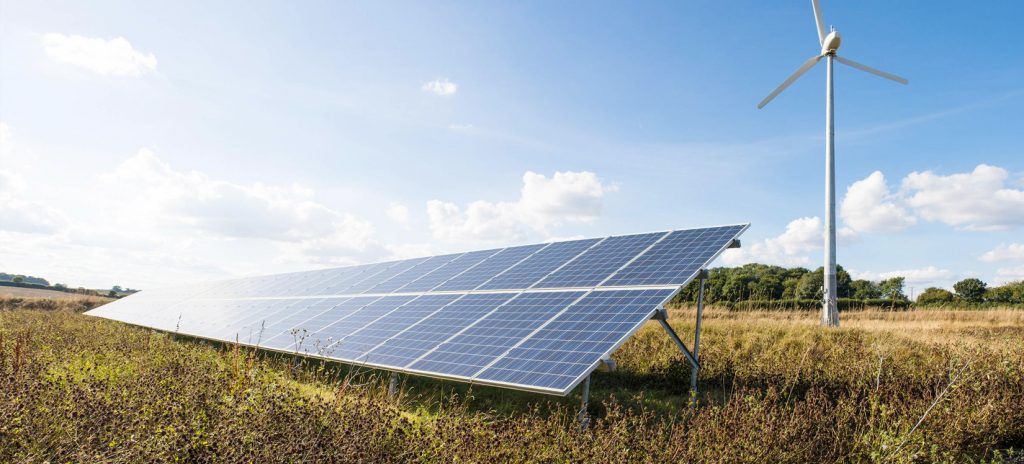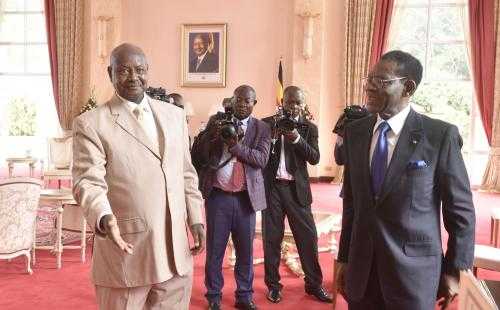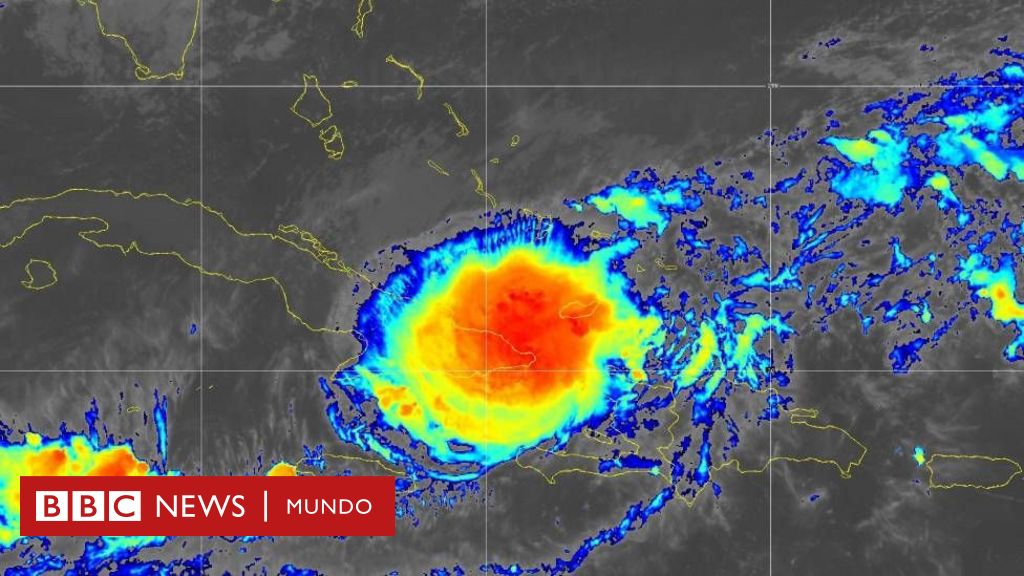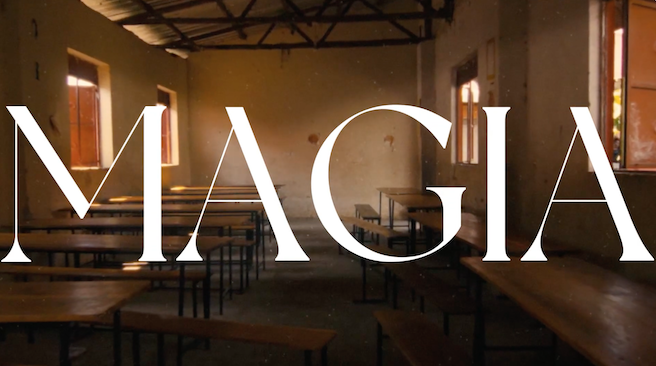How Does Power Purchase Agreement Work In Norway?

The term Power Purchase Agreements or PPA has gained popularity in recent times. Its popularity is likely related to the popularity of renewable energy. But Power Purchase Agreements are not specifically about renewable energy. As its name suggests, PPAs encompass all forms of power generation.
To start with: what is a Power Purchase Agreement? A PPA is an agreement between an energy supplier and the energy buyer (or off-taker). The contract spells out the relationship between the two parties. It covers the span of the relationship, the manner of delivery, the cost of the power generation, etc.
One of the many advantages of a PPA is that buyers enjoy a fixed electricity price. Perhaps, this is why PPA signings have become common in Europe, and specifically Norway. Check out reviews of Norway on NorskeAnmeldelser. The drop in the prices of solar and wind production might have a role in that occurrence. You can access reviews on some top Norwegian energy-based companies like FjordKraft on NorskeAnmeldelser too.
In this article, we will look at how PPAs work in Norway.
There are two major types of PPAs run in Norway, and both have advantages and risks.
- Fixed volume PPAs:
As its name implies, the contract stipulates that the seller (asset owner) delivers a fixed volume of power to the customer. Fixed Volume is the traditional PPA in Norway, and it is practised by outfits that own large hydropower plants. In this arrangement, both the seller and the buyer are bound by law to deliver and accept the power, respectively.
The price would not waver whether the customer uses up all the supplied electricity, and the seller must supply the electricity through every possible means. If for any reason the seller fails to meet up with the stipulated volume at the expected time, they may have to purchase from the market to fulfil the agreement. While this may seem like a solution, the cost of purchasing from other suppliers in the market may be higher than the agreed price in the PPA. This will set the seller at a loss.
Sellers with a robust hydropower portfolio can bear this risk, but the fluctuation in solar and wind power can heighten the risk for their generators. Usually, sellers can insert a force majeure clause that will see to the downward review of their original delivery obligation.
- As produced PPAs:
Buyers pay for what they get. Sellers deliver what they produce. Nothing is fixed. In this system, the buyers share some of the seller’s burden. Although the Fixed Volume works well for large hydropower suppliers, it can be risky for wind or solar power suppliers. Despite its flexibility, this system is hardly ever deployed.
One of the benefits of a PPA is that it offers security in pricing and power delivery. This format, however, removes that benefit. Buyers would suffer if the seller fails to supply as much power as required for consumption. To cushion this deficit, buyers may enter multiple PPAs or enter short-term contracts with energy suppliers when their major supplier fails to reach the required delivery amount.
Conclusion
PPAs have gained traction in the last couple of years in Norway, and the quest for renewable energy is central to that revolution. As Norway (and the world) continues the turn away from fossil fuel, signatures of PPAs are very likely to increase.

“Evil coffee nerd. Analyst. Incurable bacon practitioner. Total twitter fan. Typical food aficionado.”











